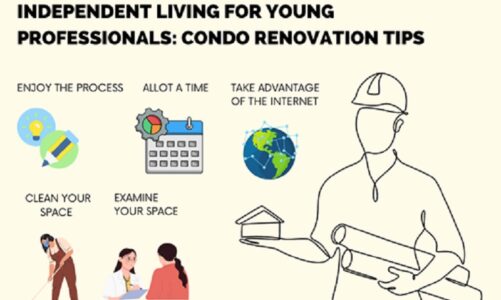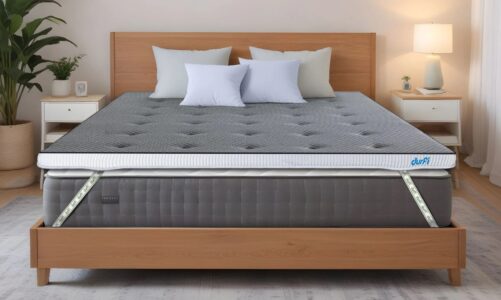When you use a monorail system for fall protection, you allow your workers a more sturdy and reliable way of protecting themselves. A rigid design does not allow for sag or compensation when one worker shifts or falls. Instead, it maintains the rigidity of the safety design and ensures the worker does not fall at all. Rigid rail fall protection options are ideal for indoor and outdoor applications, with minimal fall clearance needed to ensure safety. These designs can be permanently fitted to the existing roof structure or suspended from wall-mounted supports. There are also a variety of applications that can utilize a portable rigid design for applications that don’t have overhead anchor points available. These are used when workers are not confined to a single work area but need to be mobile in their functionality. Read on to discover the many benefits these solutions offer over traditional wire-based lifeline solutions.
Fall Clearance
A rigid rail design can be used in low-headroom applications because it will stop falling at a shorter distance than a traditional wire rope design. This clearance means that when using these solutions, there is far less risk of any injury occurring and less stress on the line. These abilities allow this design to be used in a wide range of situations as it does not need massive amounts of room above and below to ensure safety. When you have fall clearance, you can conduct work under safer conditions and ensure that all workers can operate as needed over the day. A versatile design overall, this system can streamline working processes and ensure everyone involved can protect themselves as needed.
Less Sag
A wire rope suspended between supports will always carry a certain amount of sag and deflection in the rope under fall conditions. This low tension means there will be slack in the line and sag along the entire line in the event of a fall. Sag allows for more room for error and more space to fall. With a rigid design, there is no sag as each line is connected to the solid bar that will not give slack. This rigidity ensures a far more stable and steady fall protection solution. This sturdy design ensures less room for error as you are not reliant on the system’s tension for effective operation. When you separate the sag from the process, you have a more effective and efficient design that can be far more reliable in practice. Straight bars ensure that every moving part remains rigid and evenly spaced, protected from damage, accident, and more.
Reduction Of Secondary Fall Injuries
In the event of a fall, the sag of a wire-based option will cause the trolley to slide towards the center of the supports to center itself. This can cause the worker to swing and collide with nearby obstacles, as well as propel other workers on the line off balance and cause potential injury for them too. Facilitating a chain reaction that could cause injury to many. With a rigid design, each worker connected is on an isolated element and will have no imp[act on the others connected to the rigid system. Without sag and slack, there is far less chance of mishap. As this rigid system cannot give way under the weight, it maintains its spacing and ensures that anyone under its support cannot fall lower than intended by the arrest system. This stability is ideal as it gives workers peace of mind while using the monorail, knowing it will hold their weight and stay stable throughout the operation.
When considering a monorail system, it can be easy to see why they are so beneficial to your maintenance and safety needs. These rigid designs can help you protect your staff at all times and ensure no harm can come from a fall. Contact us today to find out more about these solutions.




